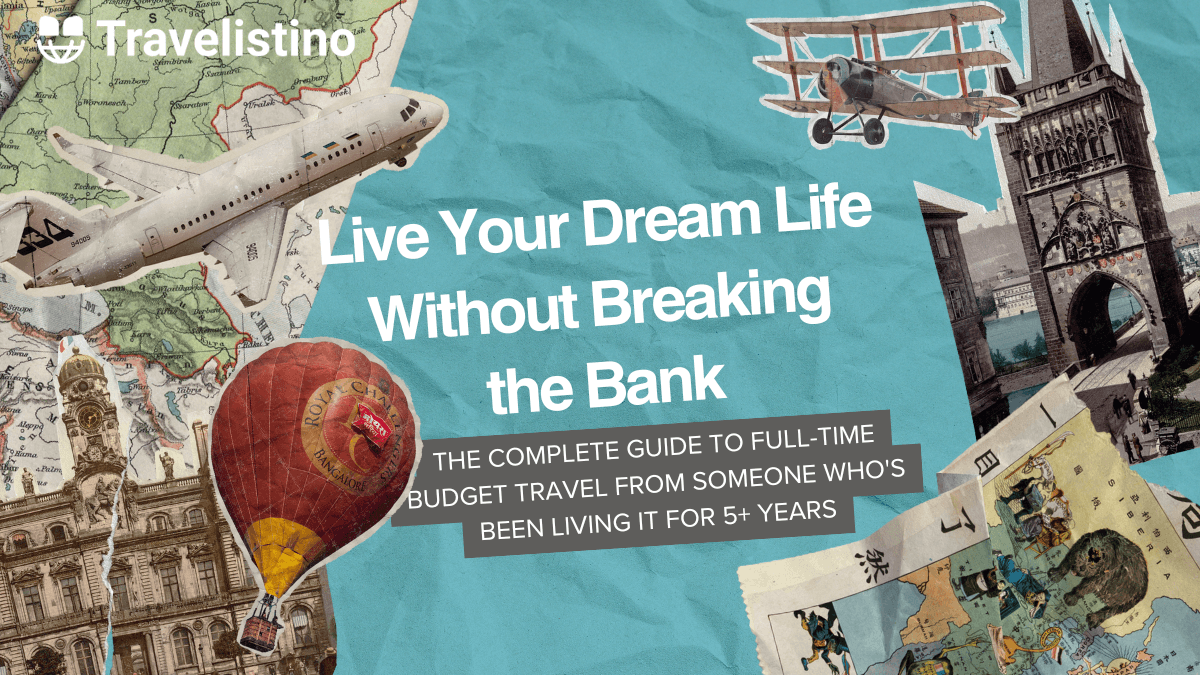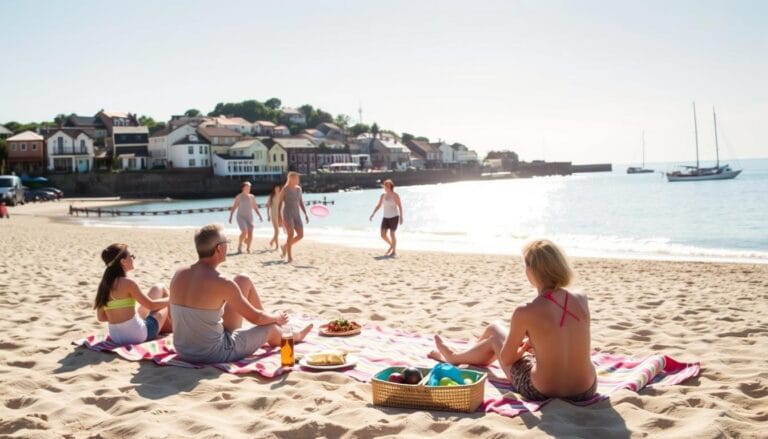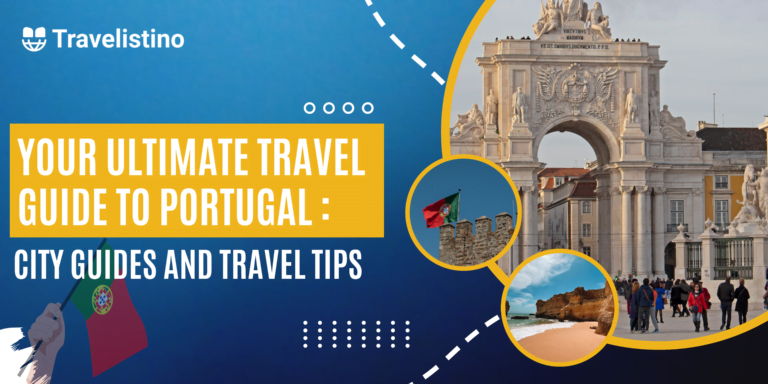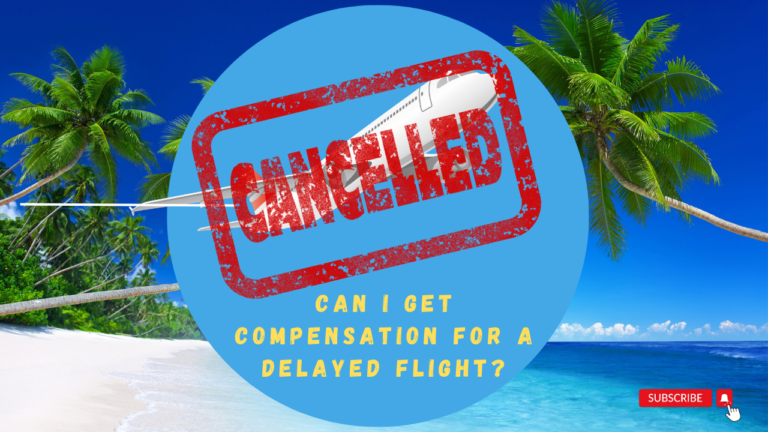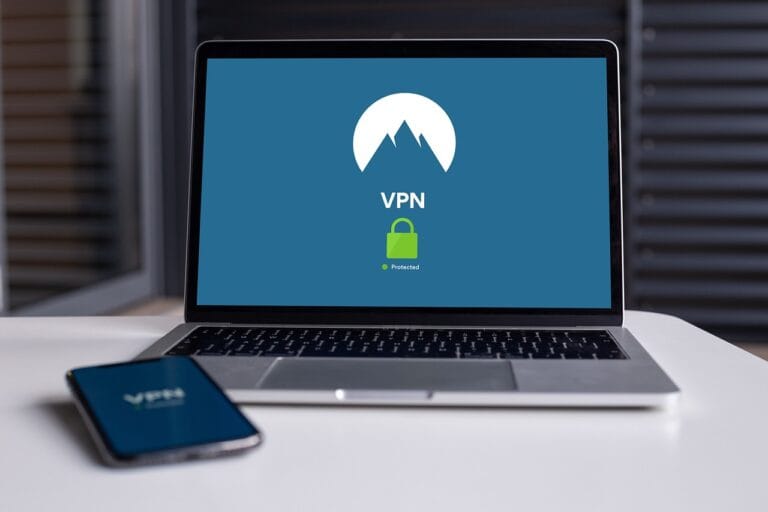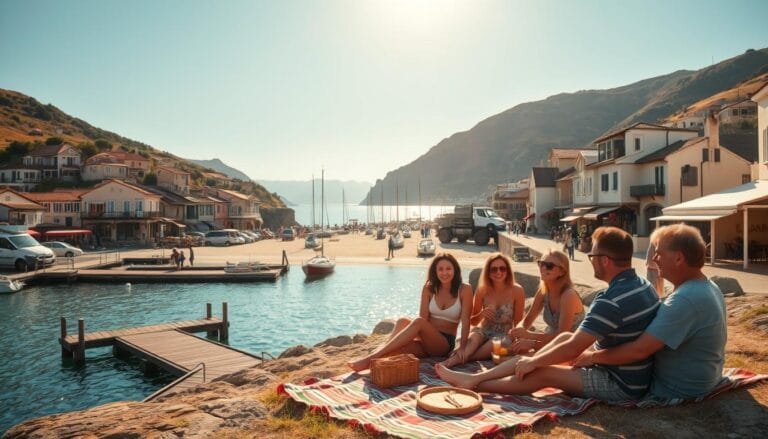How to Travel on a budget Full-Time (Yeah, It’s Actually Possible)
So get this – I’m about to completely flip your understanding of travel and money. Ready? Travel full-time can actually be cheaper than living at home. I know, sounds like total BS, right? But stick with me here.
Here’s what most people do: they keep paying rent at home AND blow money on expensive vacations. It’s like paying for two lives at once. But what if you just… didn’t? What if you sold your stuff, ditched the apartment, and made the world your home?
I’ve been living this way for years now, and my monthly expenses are often less than what my friends pay just in rent back in expensive cities. We’re talking about living in amazing places for $30-50 a day – that’s everything included. Your rent alone probably costs more than my entire lifestyle.
This isn’t some trust fund kid fantasy either. It’s about being smart, strategic, and yeah, willing to live a bit differently than everyone else. But trust me, different is better.
Step One: Don’t Pick Expensive Places (Duh, But Seriously)
Look, I love Switzerland as much as the next person, but unless you’re swimming in cash, maybe save it for later. The difference between expensive and cheap countries is absolutely bonkers – we’re talking $200/day vs $30/day. That’s not a small difference, that’s life-changing math.
Where your money actually goes far:
Southeast Asia is basically budget travel paradise. Thailand, Vietnam, Cambodia, Indonesia – these places were made for broke travelers with big dreams. Street food for $2, hostels for $10, and transportation so cheap it’s almost funny. Plus everyone speaks enough English to help you figure stuff out.
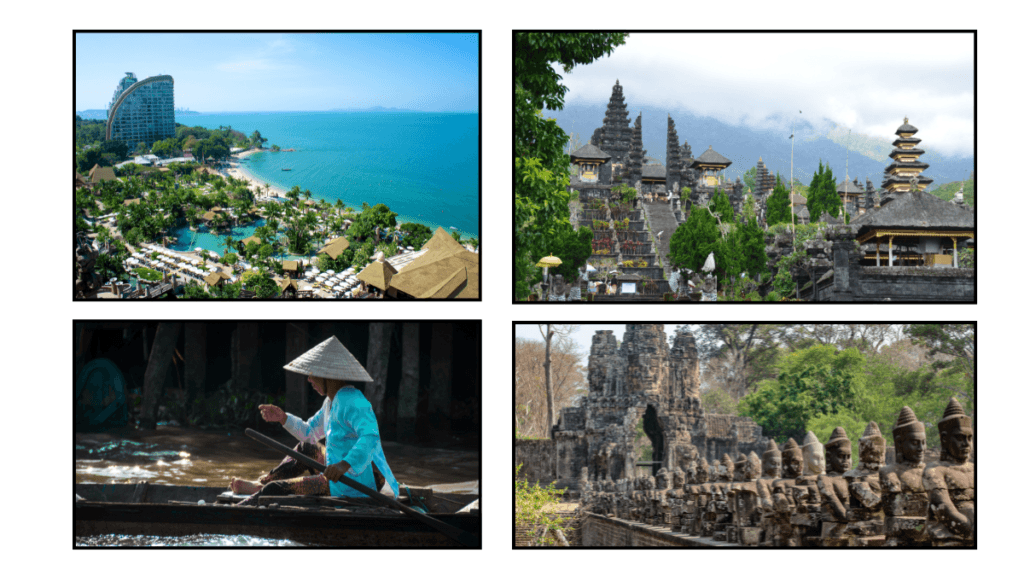
Eastern Europe gives you European vibes without European prices. Poland, Romania, Bulgaria – all that gorgeous architecture and culture for half the price. Your Instagram will look just as good, but your bank account won’t hate you.
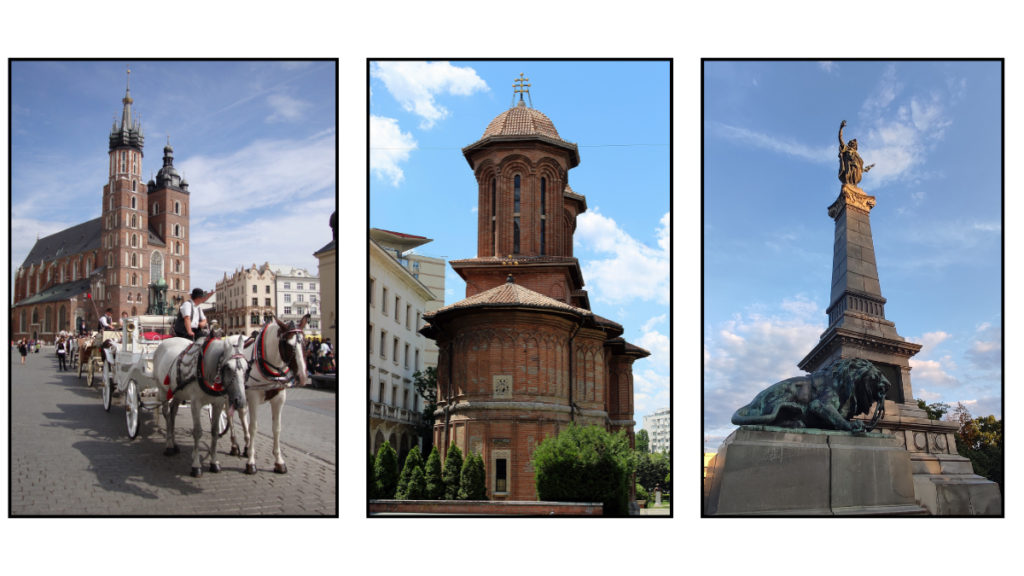
Latin America is where adventure meets affordability. Mexico, Colombia, Peru – incredible food, stunning landscapes, and daily costs under $40. The digital nomad scene is huge there too, so you’ll find plenty of people doing the same thing.
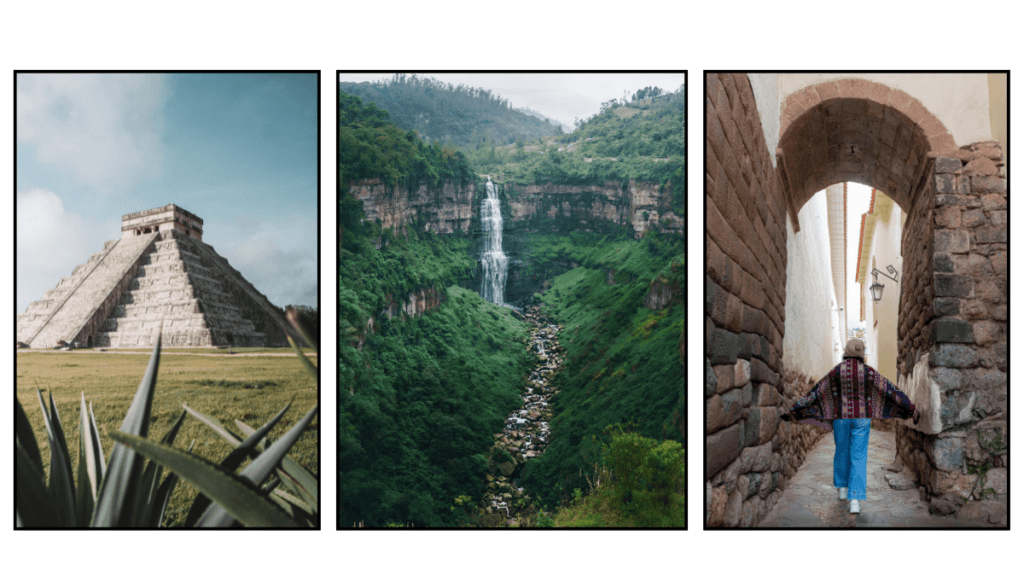
South Asia is for the hardcore budget warriors. India, Nepal, Sri Lanka – we’re talking $15-25/day if you’re willing to embrace the chaos. It’s intense, but your money will stretch forever.
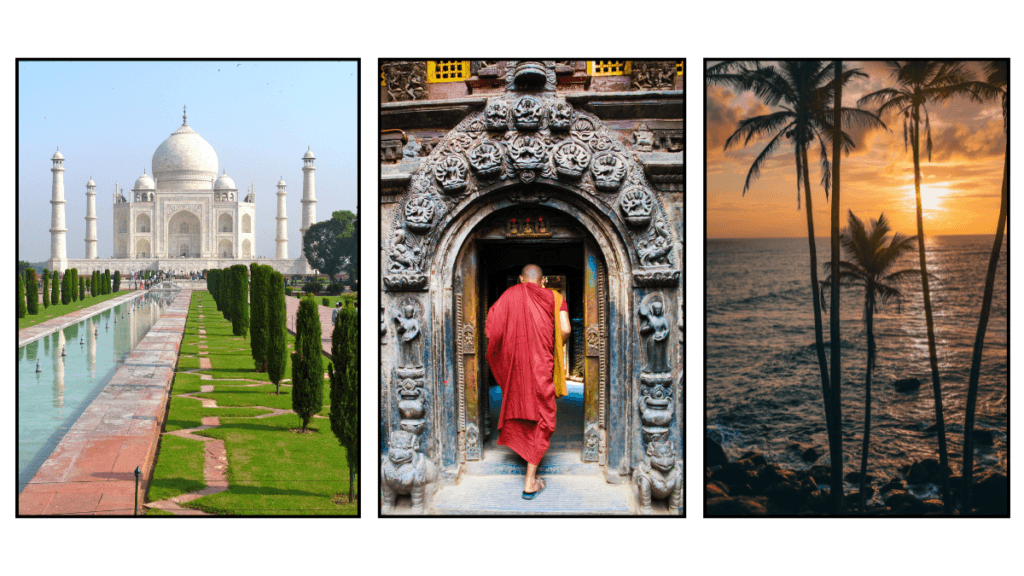
Before you book anything, check out Numbeo or Budget Your Trip. These sites have actual data from real travelers, not some marketing fluff.
Slow Down, You’re Not Racing Anyone
Here’s where most people screw up: they try to see everything immediately. Those “30 countries in 30 days” posts on social media? That person’s credit card is maxed out and they’re exhausted.
Stay put for weeks or months at a time. Seriously. You’ll get monthly Airbnb discounts (40-60% off), hostels will hook you up with long-term rates, and you might even find local apartments that tourists never see.
Plus, you’ll actually get to know places instead of just taking selfies and running. You’ll find the local coffee shop, make friends, learn which street vendors have the best food. That’s the real stuff, not the tourist trap nonsense.
And honestly? Constantly packing and moving is exhausting. Slow travel is better travel.
Stop Acting Like You’re on Spring Break
This is huge, and where a lot of people fail. You can’t spend money like you’re on a two-week vacation because this isn’t a vacation – this is your life now.
That means choosing the fan over AC sometimes, cooking your own food instead of eating out every meal, and maybe not buying every cute thing you see. I know it doesn’t sound as glamorous, but when you’re chilling on a beach in Thailand while your friends are stressed about rent payments, you’ll get it.
Cut the stuff you don’t need: daily alcohol, junk food, streaming services you forgot about, gym memberships you never use. Sell your stuff before you leave – that furniture isn’t going anywhere, but the money from selling it could fund months of travel.
Where to Sleep (Without Spending a Fortune)
House-sitting is like having rich friends everywhere. Sites like TrustedHousesitters hook you up with homeowners who need someone to watch their pets while they’re away. Free accommodation in exchange for feeding someone’s cat? Yes please. I’ve stayed in some incredible places this way.
Work exchanges are clutch. Workaway, Worldpackers, HelpX – these sites connect you with people who’ll give you free accommodation and food in exchange for about 20 hours of work per week. I’ve helped at hostels, taught English, worked on farms. Some experiences are better than others, but hey, free is free.
The classics still work. Hostel dorms (usually $10-25), Couchsurfing with locals, camping where it’s allowed, and those sweet monthly Airbnb discounts. Also, don’t forget your network – friends, family, that person you met at a party three years ago who lives in Barcelona. You’d be surprised how many couches are available.
Getting Around Without Going Broke
Credit card points are your best friend. Learn about travel rewards cards – they offer huge sign-up bonuses if you meet the spending requirements. I haven’t paid for a flight in years thanks to points and miles. It’s like a game, but the prize is free travel.
Budget airlines aren’t that bad. Yeah, Ryanair, Spirit, and AirAsia can be a pain, but they’ll get you there for pennies compared to the fancy airlines. Just pack light unless you enjoy paying $50+ in baggage fees.
Buses and trains are underrated. In Europe and South America especially, ground transport is often way cheaper than flying. FlixBus, BlaBlaCar, overnight trains – they’re not glamorous, but they work. Plus you see the countryside instead of clouds.
Walk more, spend less. Public transport beats taxis every time. Walking is free and you’ll discover cool stuff. Some cities are perfect for cycling. And hey, hitchhiking is still a thing in many places (though do your research first).
Eating Well for Cheap
Cook your own food – revolutionary concept, I know. Stay places with kitchens and shop at local markets instead of touristy grocery stores. A meal you cook costs about 20% of what eating out costs. That adds up fast over months of travel.
Eat where locals eat, not where tourists go. If you see a bunch of people with cameras and guidebooks, that’s your cue to find somewhere else. Look for street food vendors, hole-in-the-wall places, lunch specials. The food’s usually better and way cheaper.
Carry a water bottle everywhere. Bottled water costs add up like crazy, plus it’s terrible for the planet. Get a good reusable bottle with a filter if you’re worried about water quality.
Don’t be too proud to ask for free stuff. Coffee shops mess up orders, restaurants have samples, bars will give you free water and ice. The worst they can say is no, and you’d be surprised how often they say yes.
Making Money While You Travel
Freelancing is perfect for nomads. Whether you write, design, code, or market, there’s probably work for you online. Upwork and Fiverr are good starting points. Build up your profile before you leave so you’re not scrambling for clients from a beach somewhere.
Teaching English online is easier than you think. You don’t need a degree for most platforms. VIPKid, Cambly, iTalki – they just want native speakers. The pay’s decent and you can work from anywhere with good internet.
Document your travels and make money doing it. Blogging, YouTube, Instagram – it takes time to build an audience, but successful travel content creators make serious cash. Plus, you’re already living the content.
Become a virtual assistant. Lots of businesses need help with emails, social media, research, customer service. Perfect for location-independent work, and the demand is huge.
Look into working holiday visas. Countries like New Zealand, Australia, and others let certain citizens work legally for extended periods. Great way to fund the next phase of your travels.
The Money Talk (Real Numbers, Not Fantasy)
Let me give you some actual numbers from real people:
- Couple in Asia for 6 months: $51/day total for both people
- Digital nomad couple for a year: About $1,500/month per person
- Solo travelers: Anywhere from $20/day in Central America to $60/day in pricier places
- My experience: Cheapest month was $1,296 in Bosnia, most expensive was $2280 cycling through France
Most months I spend between $1,500-2,000, and I’m not exactly roughing it.
Before You Leave: Get Your Stuff Together
Sell everything. Seriously. Cars, furniture, that exercise bike you used twice – turn it all into travel money. Calculate how much storage would cost for however long you’re planning to travel. Often it’s cheaper to sell everything and buy new stuff later.
Get your documents sorted. Scan everything important, get an international driving permit if you might drive, check visa requirements, make sure your vaccinations are up to date. Boring but necessary.
Fix your phone situation. International roaming charges are robbery. Look into travel-friendly carriers like Google Fi, or use eSIMs when you arrive places.
Build an emergency fund. Have at least 3-6 months of expenses saved for emergencies. Medical stuff, emergency flights home, unexpected costs – they happen, and you don’t want them to end your adventure.
Get travel insurance. This isn’t optional. Medical emergencies abroad can cost tens of thousands. SafetyWing and World Nomads are popular with nomads.
The Mental Game
You’re gonna be scared, and that’s normal. Every successful long-term traveler was terrified at first. The key is doing it anyway. “Do it scared” isn’t just a motivational quote – it’s actual advice.
Bad days happen. Culture shock, homesickness, getting sick, missing flights – it’s all part of it. The difference between people who make this work and people who go home after a month is just persistence.
Make friends. Solo travelers who connect with others spend way less money than loners. Split accommodation, share transport costs, cook together. Plus, it’s more fun.
The Real Talk
This lifestyle isn’t all Instagram posts and sunsets (though there are plenty of both). There will be days when you’re sick in a hostel in Vietnam, when you miss your mom’s cooking, when you just want your own bed.
But here’s the thing – the good days are so good they make up for all the challenging ones. You’ll see things that’ll blow your mind, meet people who’ll change your perspective, and learn stuff about yourself you never knew.
And yeah, you’ll probably spend less money than you would living in most Western cities. That’s just a nice bonus on top of having the adventure of a lifetime.
So what are you waiting for? Start researching, start saving, start planning. The world’s out there, and it’s way more affordable than you think. Your future self will thank you for taking this leap.
Trust me on this one – I’ve been living it for years, and I can’t imagine going back to the old way. Once you figure out how to make the world your home, everything else seems small in comparison.

